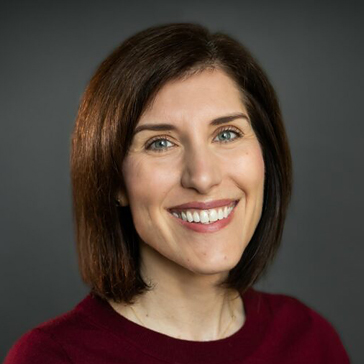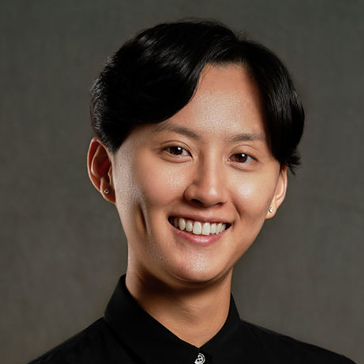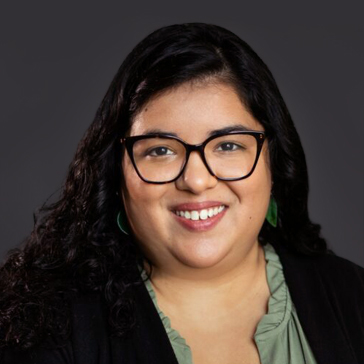For many students across the U.S., the transition from high school to postsecondary life is often jarring. Our team at Education First has had the opportunity to hear firsthand from students, families and educators about the challenges of navigating this transition between K12 and postsecondary education. As one 19-year old student from Washington, Sibily shared, “When high school graduation happened, I felt shuttled to the end without any indication of how to make decisions and navigate life […] the transition was abrupt and disorienting.” This challenge experienced throughout the process—whether it’s registering for classes, building new social networks, or finding an internship—is not due to a lack of preparation or support from the adults in their lives. Instead, it reflects a broader issue: the silos that often exist between K12 and postsecondary systems. To better support students and families through this critical transition, we need to build more coherent and equitable pathways that help students move seamlessly into their next chapter, setting them up for long-term success.
Across the country, we are seeing regions and educators coming together to address these challenges head-on. One such effort is the Limitless Learning Network, launched in Washington state in Fall 2023 with support from the Gates Foundation. This initiative brings together regional partnership teams made up of educators and practitioner leaders from K12, higher education, workforce, and nonprofit sectors. The goal of these partnerships is to bridge the silos that separate these institutions. By collaborating across sectors, these teams are working to ease students’ transitions from high school to postsecondary opportunities, breaking down the institutional barriers that have historically excluded students of color and those experiencing poverty from higher education and career pathways.
A valuable tool in Limitless’s collaborative work is the Coherence Framework, which outlines four key elements to help leaders and educators design more equitable and supportive education systems for young people. Throughout the first year of Limitless, we’ve seen the benefits of cross-sector collaboration in action. Embedding these key elements into Limitless’s work has fostered the creation of a stronger, more coherent system of postsecondary transition in Washington state. Here are a few examples of how this work comes to life in practice.
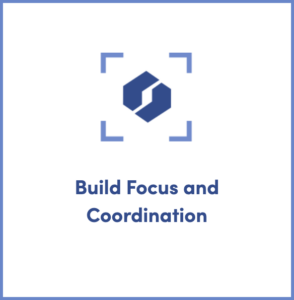 In Whatcom and Skagit counties, three different partnerships are creating a working group to strengthen their regional collaboration. This group has some overlapping regional priorities, such as Career and Technical Education (CTE), dual credit articulation and transfer, and high-quality advising. To help them determine and narrow their focus, the group drafted three learning objectives. The first centers on how K12, higher education, and other community partners are collaborating to support postsecondary transitions in their regions. One member notes they aim to identify “current policies or practices that limit access to higher education in our region and concrete steps to change these policies and practices.” To meet these objectives, the working group is engaging in conversations with Limitless members and NWESD 189 to ensure their efforts are aligned and complementary, ultimately providing clear and coherent guidance for students, families, and educators navigating the transition into and through postsecondary education. Setting these learning objectives ties into a key subcomponent of this element of the Coherence Framework, which encourages leaders to build a shared vision and relentlessly pursue a small number of clearly defined priorities.
In Whatcom and Skagit counties, three different partnerships are creating a working group to strengthen their regional collaboration. This group has some overlapping regional priorities, such as Career and Technical Education (CTE), dual credit articulation and transfer, and high-quality advising. To help them determine and narrow their focus, the group drafted three learning objectives. The first centers on how K12, higher education, and other community partners are collaborating to support postsecondary transitions in their regions. One member notes they aim to identify “current policies or practices that limit access to higher education in our region and concrete steps to change these policies and practices.” To meet these objectives, the working group is engaging in conversations with Limitless members and NWESD 189 to ensure their efforts are aligned and complementary, ultimately providing clear and coherent guidance for students, families, and educators navigating the transition into and through postsecondary education. Setting these learning objectives ties into a key subcomponent of this element of the Coherence Framework, which encourages leaders to build a shared vision and relentlessly pursue a small number of clearly defined priorities.
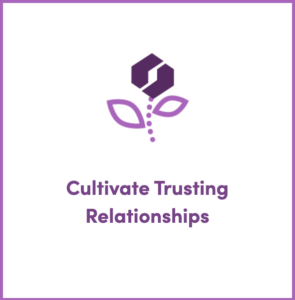 Coherence, or a lack thereof, manifests itself through our relationships with each other. Limitless members, inspired by a successful college-going family workshop at Walla Walla Community College, are working to learn more from one another about family engagement strategies that K12 districts and higher education partners can implement together. A subset of members have formed a working group that is engaging in dialogue around asset-based and culturally-affirming strategies to support communities that may orient differently towards the American higher education system due to lived experience, such as newcomers, undocumented parents or caregivers and first-generation students. This collaborative work aligns with two of this element’s subcomponents, “Engage Authentically” and “Support Inclusion.” Their dialogue is rooted in the recognition that “a community is not based on a single story and that no one individual or organization can represent the full perspectives of an entire group.”
Coherence, or a lack thereof, manifests itself through our relationships with each other. Limitless members, inspired by a successful college-going family workshop at Walla Walla Community College, are working to learn more from one another about family engagement strategies that K12 districts and higher education partners can implement together. A subset of members have formed a working group that is engaging in dialogue around asset-based and culturally-affirming strategies to support communities that may orient differently towards the American higher education system due to lived experience, such as newcomers, undocumented parents or caregivers and first-generation students. This collaborative work aligns with two of this element’s subcomponents, “Engage Authentically” and “Support Inclusion.” Their dialogue is rooted in the recognition that “a community is not based on a single story and that no one individual or organization can represent the full perspectives of an entire group.”
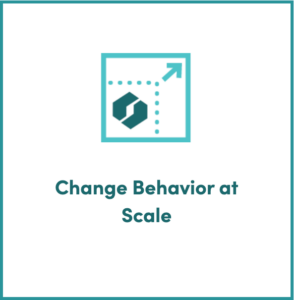 As we launched the Network, many partnerships identified building regional data capacity as a key priority. One important aspect of this work is the value of sharing expertise and learning across and within networks. By leveraging the knowledge of team members across organizations, regions can create more coherent systems and drive behavior change. For example, Spokane Public Schools and Spokane Community College have accelerated learning within the Network by sharing their experiences in establishing robust data-sharing agreements. Their work includes identifying shareable data elements, creating technical workflows to ensure timely and accurate data transfer, and developing collaborative data visualization tools to make the data usable and actionable. Spokane’s efforts have provided a model for other regions to develop and refine their own data-sharing agreements. By strengthening their data infrastructure, these partnerships have fostered a culture of data-driven decisionmaking, exploring disaggregated student outcome data and comparing student and adult perceptions of postsecondary aspirations to uncover systemic barriers along the K12 to postsecondary path.
As we launched the Network, many partnerships identified building regional data capacity as a key priority. One important aspect of this work is the value of sharing expertise and learning across and within networks. By leveraging the knowledge of team members across organizations, regions can create more coherent systems and drive behavior change. For example, Spokane Public Schools and Spokane Community College have accelerated learning within the Network by sharing their experiences in establishing robust data-sharing agreements. Their work includes identifying shareable data elements, creating technical workflows to ensure timely and accurate data transfer, and developing collaborative data visualization tools to make the data usable and actionable. Spokane’s efforts have provided a model for other regions to develop and refine their own data-sharing agreements. By strengthening their data infrastructure, these partnerships have fostered a culture of data-driven decisionmaking, exploring disaggregated student outcome data and comparing student and adult perceptions of postsecondary aspirations to uncover systemic barriers along the K12 to postsecondary path.
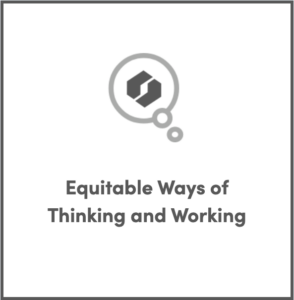 During our April 2024 convening in Spokane, all 26 partnership teams in the Network engaged in a reflection on the upstream and downstream factors at play within and outside their cross-sector collaborations. They discussed how power dynamics, policies, institutional priorities, mindsets and biases may enable or hinder their ability to effectively partner. Through authentic, person-to-person dialogue, they began to identify barriers that may be causing inequitable outcomes in their communities. This reflection and the ensuing discussion serve as a foundation for the concept of “Design at the Margins,” highlighting that the most effective and responsive solutions to complex problems emerge when those closest to the issues are genuinely empowered and given influence in shaping the solutions.
During our April 2024 convening in Spokane, all 26 partnership teams in the Network engaged in a reflection on the upstream and downstream factors at play within and outside their cross-sector collaborations. They discussed how power dynamics, policies, institutional priorities, mindsets and biases may enable or hinder their ability to effectively partner. Through authentic, person-to-person dialogue, they began to identify barriers that may be causing inequitable outcomes in their communities. This reflection and the ensuing discussion serve as a foundation for the concept of “Design at the Margins,” highlighting that the most effective and responsive solutions to complex problems emerge when those closest to the issues are genuinely empowered and given influence in shaping the solutions.
Looking ahead, the Limitless Learning Network will continue to be a space for Washington state’s K12, higher education and community practitioner leaders to build relationships that facilitate cross-sector collaboration, ushering in broad, lasting systems change. This critical work will further cultivate a cohesive and equitable educational journey for the state’s students, from K12, to postsecondary and beyond.
